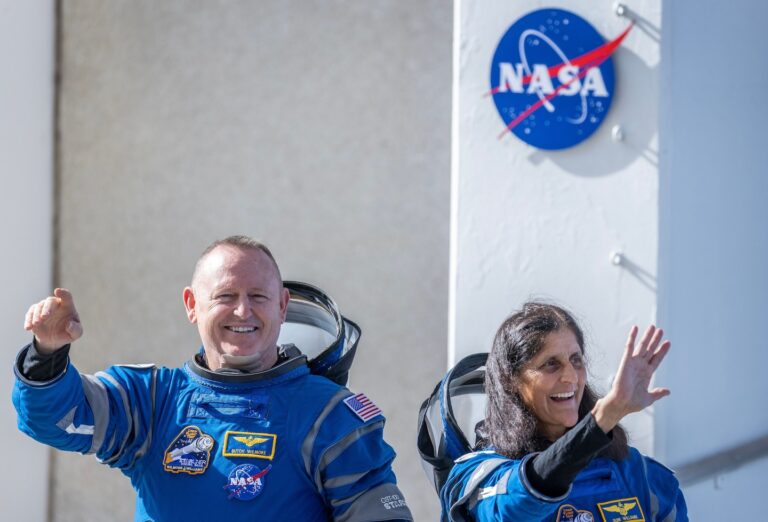In a briefing shortly after the aborted launch on Saturday, ULA CEO Tory Bruno said one of the three computer systems that coordinate the launch sequence, which includes releasing the clamps holding the rocket in place in the final minutes of the countdown, came online late, causing the automated system to signal an end to the countdown. ULA is a joint venture between Boeing and Lockheed Martin.
Boeing is eager to make the mission a reality: The company plans to send NASA astronauts Sunita Williams and Butch Wilmore to the International Space Station for about a week to test how a human-carrying spacecraft works.
“I know it’s a little disappointing,” Steve Stich, who runs NASA’s commercial crew program, said of the postponement. “We were all excited, and Butch and Suni were looking forward to flying. That’s what spaceflight is all about…Every time you go to the launch pad for a crewed flight or any flight, you have a chance to launch.”
He added, “Today you’ll see how close we are. We’re really close to having this capability ready. The Starliner spacecraft is ready, and we were about three minutes and 50 seconds away from the launch.”
Given the fact that the spacecraft has never flown with humans on board before, NASA and Boeing teams have repeatedly said they will proceed with caution and will not attempt to fly the mission until they feel it is safe to do so.
The crewed test flight was originally scheduled for May 6, but was postponed after a valve in the rocket’s second stage malfunctioned. The valve was later replaced and was functioning normally on Saturday, officials said.
The launch is part of NASA’s Commercial Crew Program, with transportation to the space station contracted with Boeing and SpaceX.
SpaceX has become a major manufacturer of commercial rockets and spacecraft. The company was the first to carry astronauts and completed its first manned test mission in May 2020. The flight was a major achievement for NASA, giving it the means to carry crew members into space. After the Space Shuttle was retired in 2011, NASA had to rely on Russia to deliver people to the space station until SpaceX began flying.
Boeing’s Starliner has faced setbacks and delays. It had to conduct two unmanned test flights instead of the one originally planned. The first test flight, in late 2019, was cut short when the rocket’s onboard computer was off by 11 hours, and the spacecraft never made it to the station. On the next attempt in 2022, the spacecraft made it to the station. But the company later discovered that tape used to cover electrical wiring inside the capsule was flammable, necessitating a parachute upgrade.
Boeing and NASA officials expressed confidence ahead of Saturday’s flight, saying all efforts were being made to ensure the mission was a success.

